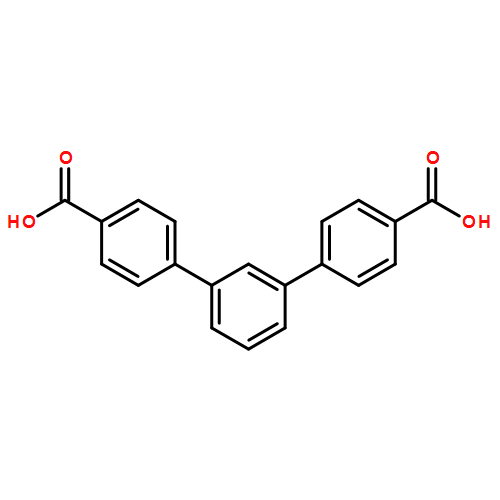Co-reporter: Giuseppe Sforazzini ; Axel Kahnt ; Michael Wykes ; Johannes K. Sprafke ; Sergio Brovelli ; Damien Montarnal ; Francesco Meinardi ; Franco Cacialli ; David Beljonne ; Bo Albinsson ;Harry L. Anderson
pp: 4553-4566
Publication Date(Web):February 3, 2014
DOI: 10.1021/jp500624q
Conjugated polyrotaxanes jacketed with hole-transport groups have been synthesized from water-soluble polyrotaxanes consisting of a polyfluorene-alt-biphenylene (PFBP) conjugated polymer threaded through β-cyclodextrin macrocycles. The hydroxyl groups of the oligosaccharides were efficiently functionalized with triphenylamine (TPA) so that every polyrotaxane molecule carries a coat of about 200 TPA units, forming a supramolecular coaxial structure. This architecture was characterized using a range of techniques, including small-angle X-ray scattering. Absorption of light by the TPA units results in excitation energy transfer (EET) and photoinduced electron transfer (ET) to the inner conjugated polymer core. These energy- and charge-transfer processes were explored by steady-state and time-resolved fluorescence spectroscopy, femtosecond transient absorption spectroscopy, and molecular modeling. The time-resolved measurements yielded insights into the heterogeneity of the TPA coat: those TPA units which are close to the central polymer core tend to undergo ET, whereas those on the outer surface of the polyrotaxane, far from the core, undergo EET. Sections of the backbone that are excited indirectly via EET tend to be more remote from the TPA units and thus are less susceptible to electron-transfer quenching. The rate of EET from the TPA units to the PFBP core was effectively modeled by taking account of the heterogeneity in the TPA–PFBP distance, using a distributed monopole approach. This work represents a new strategy for building and studying well-defined arrays of >100 covalently linked chromophores.


